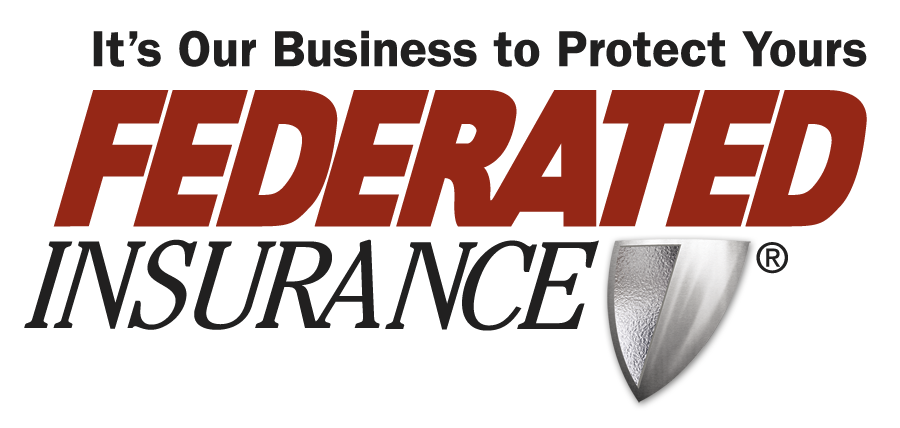Federated Insurance: Risk Management CornerRisk Manager Responsibilities As a business owner, you’ve probably noticed that anticipating risk and preventing accidents has a positive impact on your daily operations, your employees’ morale, and your bottom line. You’ve also probably noticed that the job is bigger than it first appears. To make sure the job is done — and done right — many business owners delegate the responsibility to a risk manager. What the risk manager’s role looks like varies. Some businesses choose to add the responsibilities to an existing employee or manager’s duties, while others create a new role that focuses solely on risk management. Whichever model you decide to follow, a risk manager’s job should include some basic characteristics: Risk Identification. Risks come in many forms — safety hazards, hiring and human resources practices, and regulatory compliance, just to name a few. A risk manager’s primary focus is the detection and mitigation of such risks, which could cause property loss or damage, injury, death, or legal liability. Key in that process is producing a plan for identifying and remedying potentially hazardous conditions and situations. The plan, and the risk manager who creates it, need to be flexible, allowing for the changing needs of the business, employees, and environment. Performance Measurement. This is where a risk manager proves his or her value to a business. By recording figures related to damage, property loss, and other factors, a risk manager can illustrate the effectiveness of a risk management plan. The facts gathered also feed into risk identification, acting as a guide for further development of the plan. Documenting the results of a company’s risk management plan also reveals other helpful information — like the hidden costs of a loss — that demonstrates the importance of emphasizing safety on the job. A thorough set of measurements can help avoid financial losses, but can also increase efficiency, by creating a proactive environment in which operations run smoothly and losses are avoided. Management Communication. To be truly effective, a risk manager must have the full support of the decision makers. This includes a direct line of communication for sharing information with members of senior management. While data that affects a business’s financial performance should be the key element in any report, it’s important to not forget the human side of a loss. Preventing injuries, illnesses, and deaths is a compelling reason to improve workplace safety. A risk manager is an important part of a high-functioning business. The role requires care, organization, and planning. It also requires passion, confidence, and the energy to take control of a business’s risk management culture. The right person will recognize the importance of designing and following through on a comprehensive risk management plan, helping protect the business’s people and bottom line. For more information, click here. |

